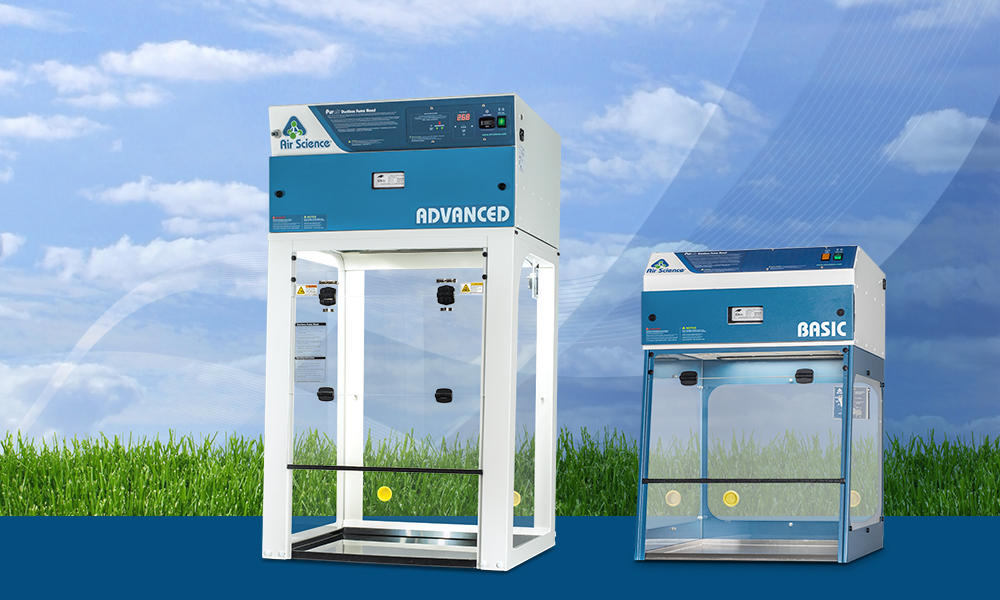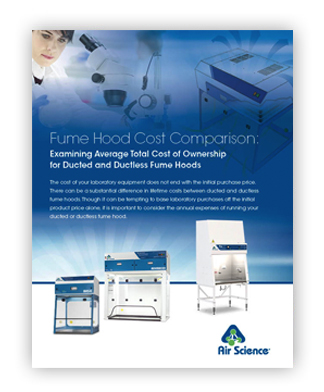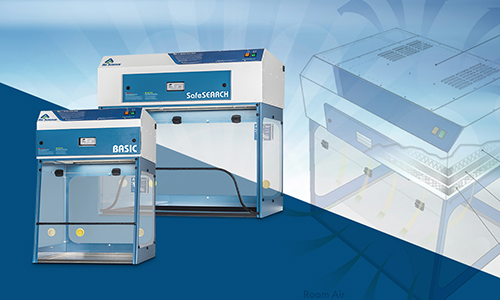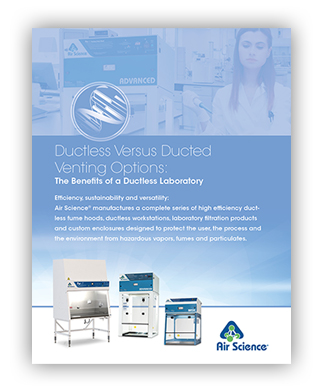
Ductless fume hoods are synonymous with savings. In addition to the total lifetime savings, ductless fume hoods also provide a lower environmental impact. Because fume hoods run 24/7, they are generally considered to be energy hogs. Ducted varieties are particularly bad because of the requirements for makeup air and emissions that are exhausted into the environment through ductwork. While chemicals are diluted in this process, the practice of ducted fume hoods exhausting chemicals directly into the environment, coupled with their high energy demands, leads to a high environmental impact. On the other hand, ductless fume hoods use activated carbon filtration to scrub chemicals from the air for a far more environmentally friendly option.
Ductless fume hoods contain filters that clean contaminated air and recirculate it directly back into the laboratory. Thus, no added ductwork is required to exhaust air to the outside. Ductless fume hoods provide the same filtration capabilities as ducted hoods but have several additional advantages.
Advantages of Ductless Fume Hoods
- Easier to Install
- Lower Initial Installation Costs
- Can Easily be Moved or Relocated in the Laboratory
- Highly Efficient, Sustainable
Air Science® Multiplex™ Filtration Technology achieves an even greater application range using a pre-filter, main filter and optional safety filter. Main filters can be stacked, mixed, for one or more chemical families, or combined with HEPA or ULPA to contain both vapors and particulates.
Resources

Ducted and Ductless Fume Hood Total Cost of Ownership

Ductless vs. Ducted: Comparing Benefits
